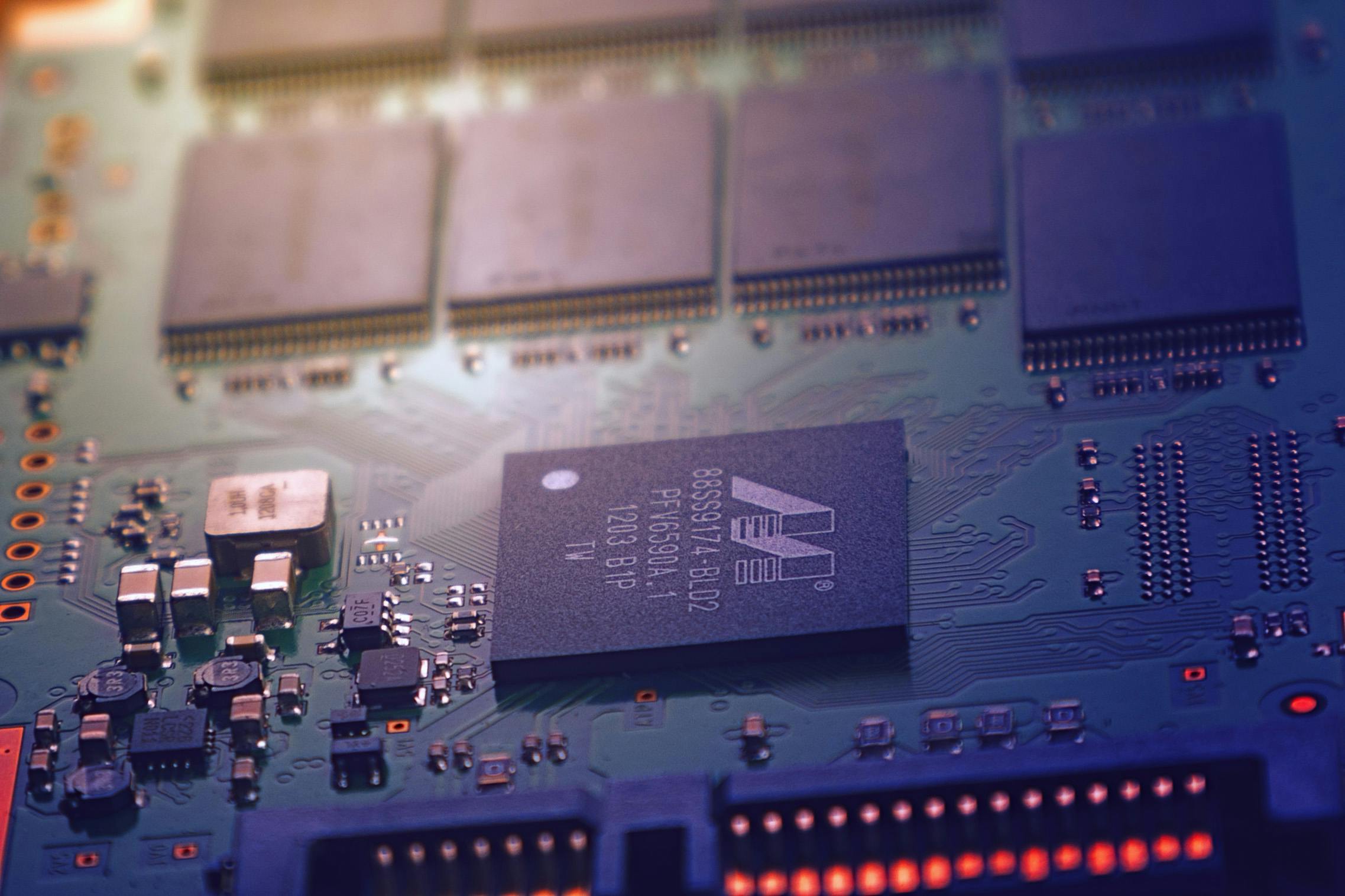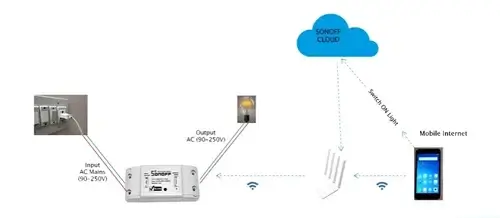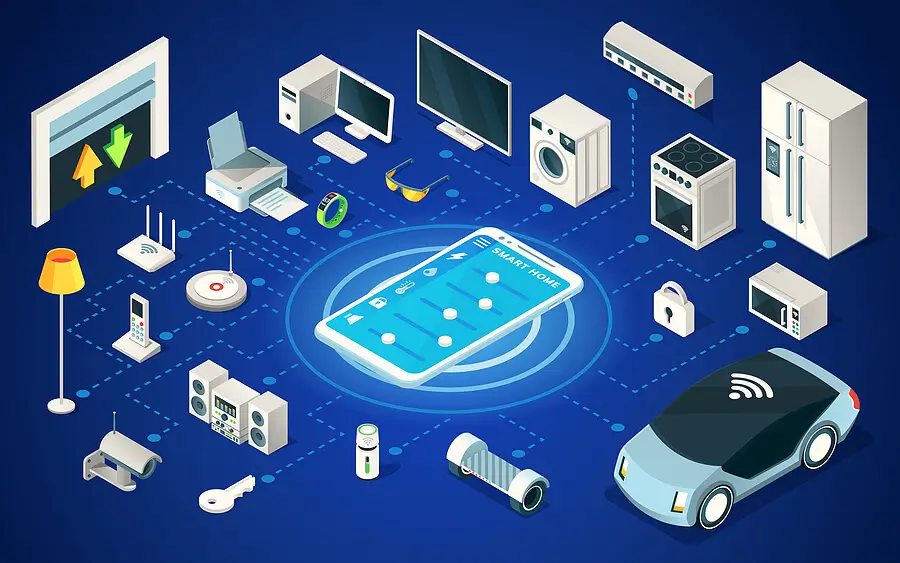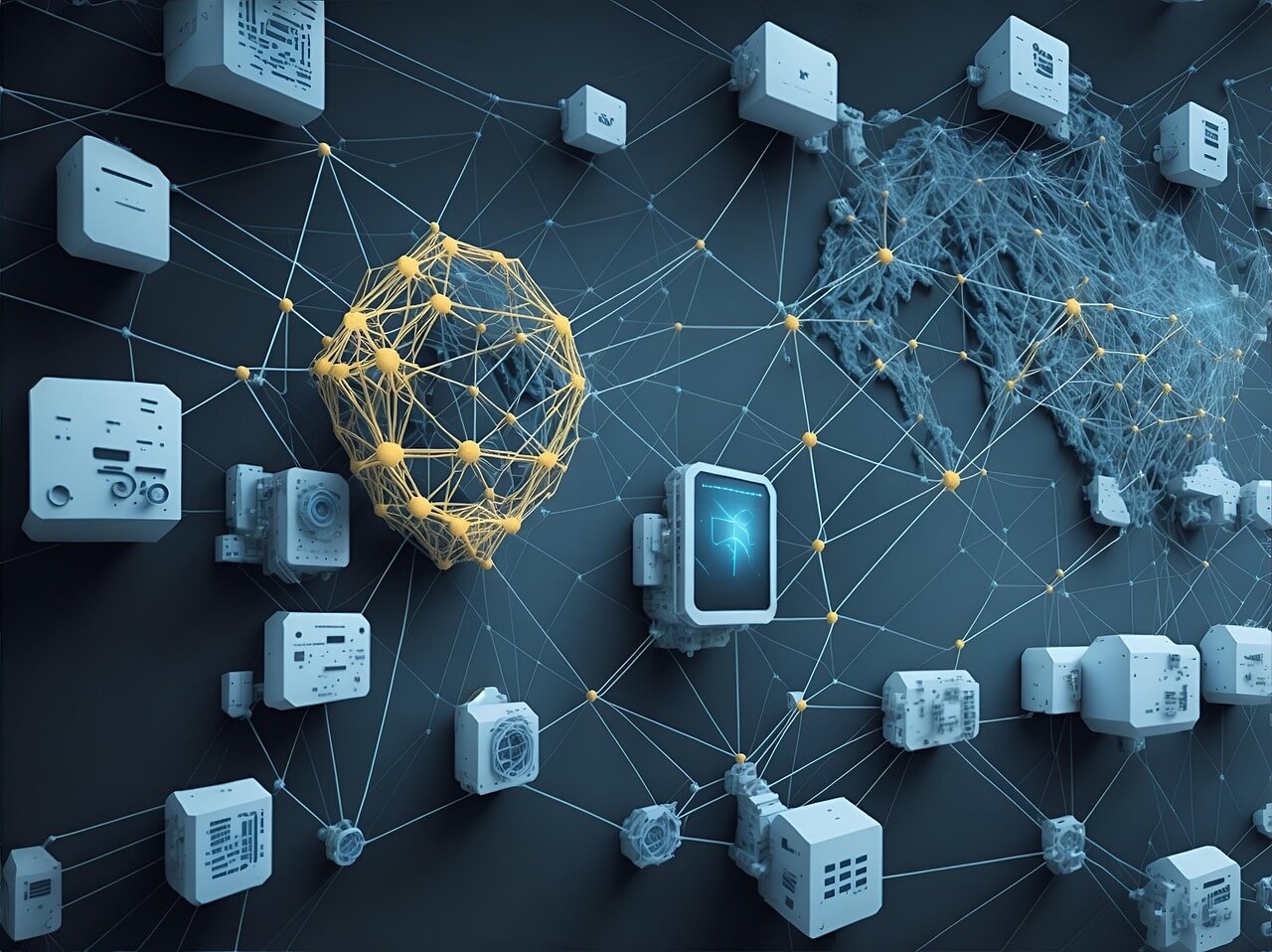Inferential Flow Meters and IoT: Smarter Fluid Monitoring for the Future
Have you ever wondered how industries measure something as dynamic as flowing water or gas? Unlike solids, fluids don’t stay still long enough to weigh or count. That’s where flow meters step in — and among the many types out there, inferential flow meters bring a unique twist.
Instead of directly measuring flow, these devices use indirect parameters — like velocity or pressure — to infer how much fluid is passing through. And when they’re connected to IoT systems, they don’t just measure. They observe, analyze, and optimize how we use one of our most vital resources — fluid energy.
Let’s explore how inferential flow meters work, why they’re used, and how IoT takes their capability to the next level.
What Are Inferential Flow Meters?
As the name suggests, inferential flow meters don’t directly measure flow volume. Instead, they infer it based on other measurable quantities — such as fluid velocity, density, or pressure drop.
Think of it like guessing how fast a river flows by watching a leaf drift downstream. You’re not counting every drop of water, but by observing how quickly the leaf moves, you can estimate the river’s flow.
That’s exactly what inferential flow meters do — they rely on physics and smart calculations to determine flow rate without needing direct contact with every particle of fluid.
How They Work
Here’s the general process:
- The fluid moves through a meter body designed to create a predictable change in pressure or motion.
- Sensors inside the device record these changes — like velocity or differential pressure.
- The meter uses calibration constants to translate those signals into a flow rate.
- The IoT module then transmits that data to a cloud platform or dashboard for monitoring.
Common Inferential Flow Meters Include:
- Turbine flow meters – measure fluid velocity using rotating blades.
- Vortex flow meters – detect vortices formed by an obstruction in the flow path.
- Orifice and Venturi meters – use pressure drop to infer flow rate.
Each one uses inference in a slightly different way, but the goal is the same — to measure accurately without disturbing the flow too much.
Real-World Example: Water Management
- In a smart water distribution system, inferential meters are installed along pipelines.
- Each meter tracks how fast the water moves and sends that data via IoT to a central dashboard. If flow suddenly drops in one section, it may signal a leak or blockage. If it spikes unexpectedly, there might be unauthorized consumption or pressure imbalance.
By combining inferential data with IoT analytics, operators can detect issues early and take quick action — saving both water and maintenance costs.
Why Industries Prefer Inferential Meters
- ⚙️ Non-intrusive measurement: They cause minimal obstruction to flow.
- 💧 Versatile: Suitable for liquids, gases, and steam.
- 📏 Wide range: Works across different flow velocities and pressures.
- 🧠 Data-rich: Provides both flow and condition parameters for analysis.
When connected to IoT, these advantages grow exponentially.
IoT Integration: Smarter, Sharper, and More Sustainable
In the past, operators had to manually read gauges or mechanical dials. Today, IoT-enabled inferential flow meters can automatically send real-time readings to cloud systems.
This means:
- 📡 Continuous monitoring: You always know how the system is performing.
- 🌐 Remote access: View data from anywhere on mobile or desktop.
- 🔔 Predictive alerts: Detect sudden flow changes before failure occurs.
- 📈 Historical insights: Analyze past trends to improve future operations.
For example, in a smart irrigation system, IoT-connected vortex meters can ensure water is being distributed evenly across fields. If one section receives less flow, the system adjusts valves automatically — no human intervention required.
Example: Oil Pipeline Efficiency
In an oil pipeline, turbine-type inferential meters measure the speed of flow by tracking blade rotation. IoT integration allows these readings to sync with cloud dashboards in real time.
If viscosity changes or flow slows down, operators get alerts instantly. They can then check for temperature variation or partial blockage before it escalates into a full-scale shutdown.
It’s a perfect example of how traditional engineering tools become intelligent when paired with IoT.
Benefits at a Glance
- ✅ Reduced Downtime: Instant alerts mean quicker response times.
- ✅ Energy Savings: Detecting leaks or inefficiencies early conserves energy.
- ✅ Data Centralization: One dashboard for all flow systems.
- ✅ Sustainability: Smarter usage leads to reduced resource waste.
Wrapping Up
Inferential flow meters remind us that sometimes, you don’t need to measure everything directly to understand it. By observing related signals, they can estimate flow with high precision.
And when combined with IoT, these devices evolve from simple measurement tools to smart guardians of efficiency — helping industries manage resources responsibly and sustainably.
In a connected world, every drop, every turn, and every reading counts. Inferential flow meters ensure none of it goes unnoticed.




